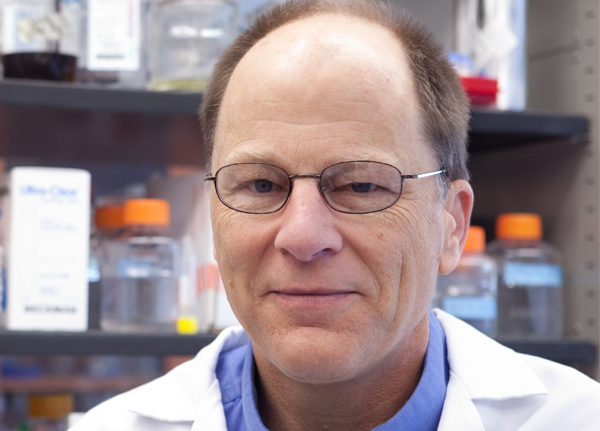Biography
Dr. John Glass is a Professor and leader of the JCVI Synthetic Biology and Bioenergy Group. His expertise is in molecular biology, microbial pathogenesis, RNA virology, and microbial genomics. Glass is part of the Venter Institute team that created a synthetic bacterial cell. In reaching this milestone the Venter Institute scientists developed the fundamental techniques of the new field of synthetic genomics including genome transplantation and genome assembly. Glass was also leader of the JCVI project that rapidly made synthetic influenza virus vaccine strains in collaboration with Novartis Vaccines and Diagnostics, Inc. and Synthetic Genomics, Inc. At the JCVI he has also led the bacterial outer membrane vesicle based vaccine, genome transplantation, and Mycoplasma genitalium minimal genome projects, and projects studying other mycoplasma and ureaplasma species. Glass and his Venter Institute colleagues are now using synthetic biology and synthetic genomics approaches developed at the JCVI to create cells and organelles with redesigned genomes to make microbes that can produce biofuels, pharmaceuticals, and industrially valuable molecules. Glass is an adjunct faculty member of the University of Maryland at College Park Cellular and Molecular Biology Program, and member of the Global Viral Network Scientific Leadership Board.
Prior to joining the JCVI, Glass spent five years in the Infectious Diseases Research Division of the pharmaceutical company Eli Lilly. There he directed a hepatitis C virology group and a microbial genomics group (1998-2003).
Glass earned his undergraduate (Biology) and graduate degrees (Genetics) from the University of North Carolina at Chapel Hill. His Ph.D. work was on RNA virus genetics in the laboratory of Gail Wertz. He was on the faculty and did postdoctoral fellowships in the Microbiology Department of the University of Alabama at Birmingham in polio virology with Casey Morrow and mycoplasma pathogenesis with Gail Cassell (1990-1998). On sabbatical leave in Ellson Chen’s lab at Applied Biosystems, Inc.(1995-1997) he sequenced the genome of Ureaplasma parvum and began his study of mycoplasma genomics.

